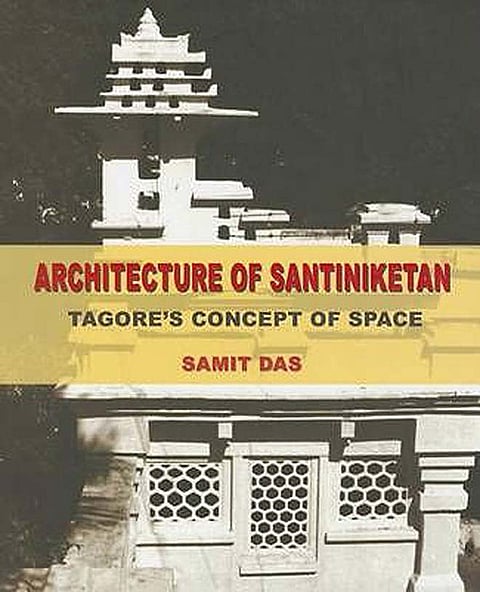
- Destinations
- Experiences
- Stay
- What's new
- Celebrating People
- Responsible Tourism
- CampaignsCampaigns
- SubscribeSubscribe
- Buy Now

What did Tagore think of space, what does Santiniketan look like, feel like, what does it tell us, what kind of long-lasting impact has this facet of his personality left on the world These are important questions. Ours is a culture bereft of scholarship on the themes of space, architecture and its creators, patrons and users. In the case of Santiniketan there is the added difficulty that the original buildings, details, functions, the space itself, have either been completely razed, changed beyond recognition or remain as pale reminders of the past. In that sense this book is a welcome addition.
This is a subject that demands time and effort from the reader. However, for an individual not familiar with Tagore and the Bengali language, the book is a stalling read. There are numerous instances of this. One page has an intriguing drawing of a piece of furniture as part of a letter Tagore wrote to his Man Friday, Surendranath Kar, explaining his specific need for furniture for daily use. In the absence of a translation, one has to depend solely on the brief legend given alongside. The book makes little systematic attempt at explaining the natural setting of Santiniketan, which in the architecture of Tagore is the fundamental premise of all building and non-building.
The visual quality of the photographs is inconsistent. Some images are sepia, others black and white and some a shade of grey focus and resolution are also problematic. While this is understandable for images retrieved from archives, the images taken mid-nineties onwards could have been of a higher quality.
The rich local architecture and art traditions, tribal and otherwise, only get a passing mention. If this is because their contribution to and influence over Santiniketan have not been adequately acknowledged or documented is not very clear. But despite some of its limitations, the book offers extremely interesting insights into Tagore and his concept of space. His writings, letters and thoughts about space, and some of his paintings and doodles that are part of this book, leaves the reader hungry for more.
